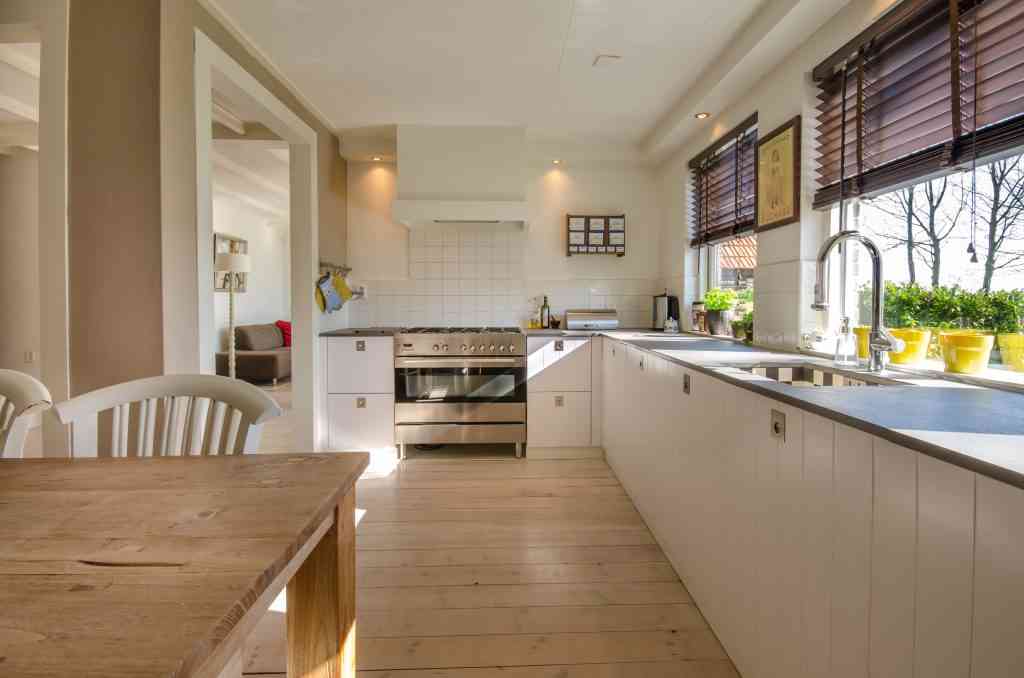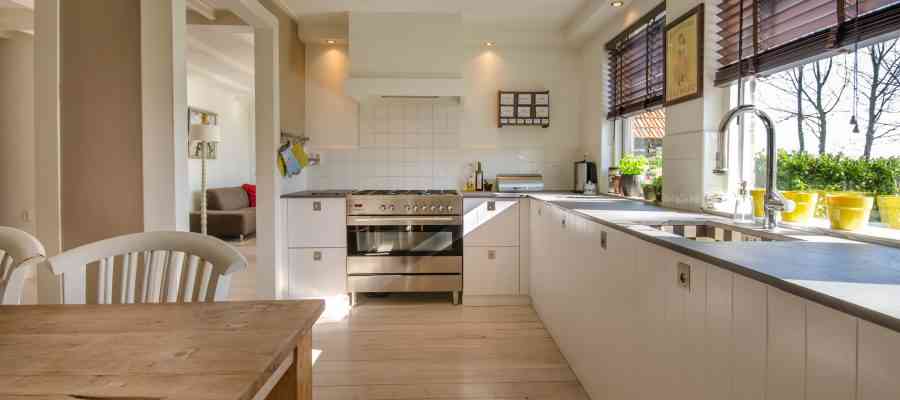
There are several measures you can take to make sure your house is free from Coronavirus. From sanitizing to practicing good hygiene at home, here are some useful tips to disinfect, get rid of these pathogens inside your home, and ultimately avoid getting infected with the COVID-19 disease.
- High-touch areas are more susceptible to Coronavirus
It’s a common mistake for most to just disinfect dirty spots. Always disinfect surfaces you often touch and use. These are more susceptible to viruses. For instance, your AC system, your mattress, the kettle, coffee machine, door and handles, remote controls, cupboard and chopping boards – these are all essential things you use and come in contact with every day.
- Sanitizing works best when done with Disinfecting
Sanitization and disinfection are two different things that go well when done together. Sanitizing simply reduces the number of germs and usually takes less time. Meanwhile, disinfecting kills germs. Disinfection process can take anywhere up to 10 minutes, depending on the disinfectant. Isopropyl alcohol with at least 70% concentration is an effective disinfectant against many pathogens, including coronavirus. Simply wipe or spray it on surfaces and make sure it remains wet for 30 seconds.
- Disinfect your washing machine
The soap residue, minerals, and chemicals from your detergent can get locked inside your washing machine and create a thin film that traps bacteria. To remove this bacteria, you need to run your washing machine empty at least once a week.
Try putting a chemical disinfectant and set the machine at a high temperature to remove the bacteria and prevent them from growing. After draining it, wipe the drum with a cloth to keep it dry. Never leave your washing machine wet after washing your clothes.
- Apply special care to sponges
The sponges you use to clean things is a major source of bacteria. While loading the dishwasher, don’t forget to wash and disinfect your sponge as well. You can toss it in the dishwasher along with the dishes. Otherwise, you can scrub it with hot water mixed with soap.
Another hack is to soak it in hot water with soap and put it in a microwave oven for a good 30 seconds. You can also do the same for other cleaning cloths and sponges you use to clean your kitchen sink or your bathroom. A great alternative to sponges for cleaning surfaces is a microfiber cloth that can be easily washed and dried up.
- Cleaning before disinfecting
Most people go directly to disinfecting surfaces without cleaning it. This practice is a big NO. You need to clean the area or surface first with soap and water. You can use a sponge with soap, or a cloth to wipe it. Then, apply the disinfectant. After application, leave the surface untouched with the disinfectant and wipe it after 30 seconds to a minute. Remember, no product can adequately sanitize or disinfect a dirty surface, so make sure you clean — even with plain soap and water — before you disinfect. This lets the disinfectant sit on the surface and do its job.
- Don’t combine disinfecting or any cleaning products
Disinfectant solutions are powerful and effective on their own. Never combine two disinfecting products at once. Follow the previous tip – Clean first with soap and water to remove germs and reduce the chance of infection. After, you can then sanitize and disinfect surfaces.
- Regularly disinfect & sanitize your AC ducts, filters
Most people forget that the quality of indoor air plays a crucial role in your health. It can harbor bacteria and viruses which are harmful when you inhale them. It needs to be regularly cleaned and disinfected to maintain quality air indoors. For this, you would need to seek the help of AC disinfection experts who don’t just clean, but also disinfect air ducts and filters.


